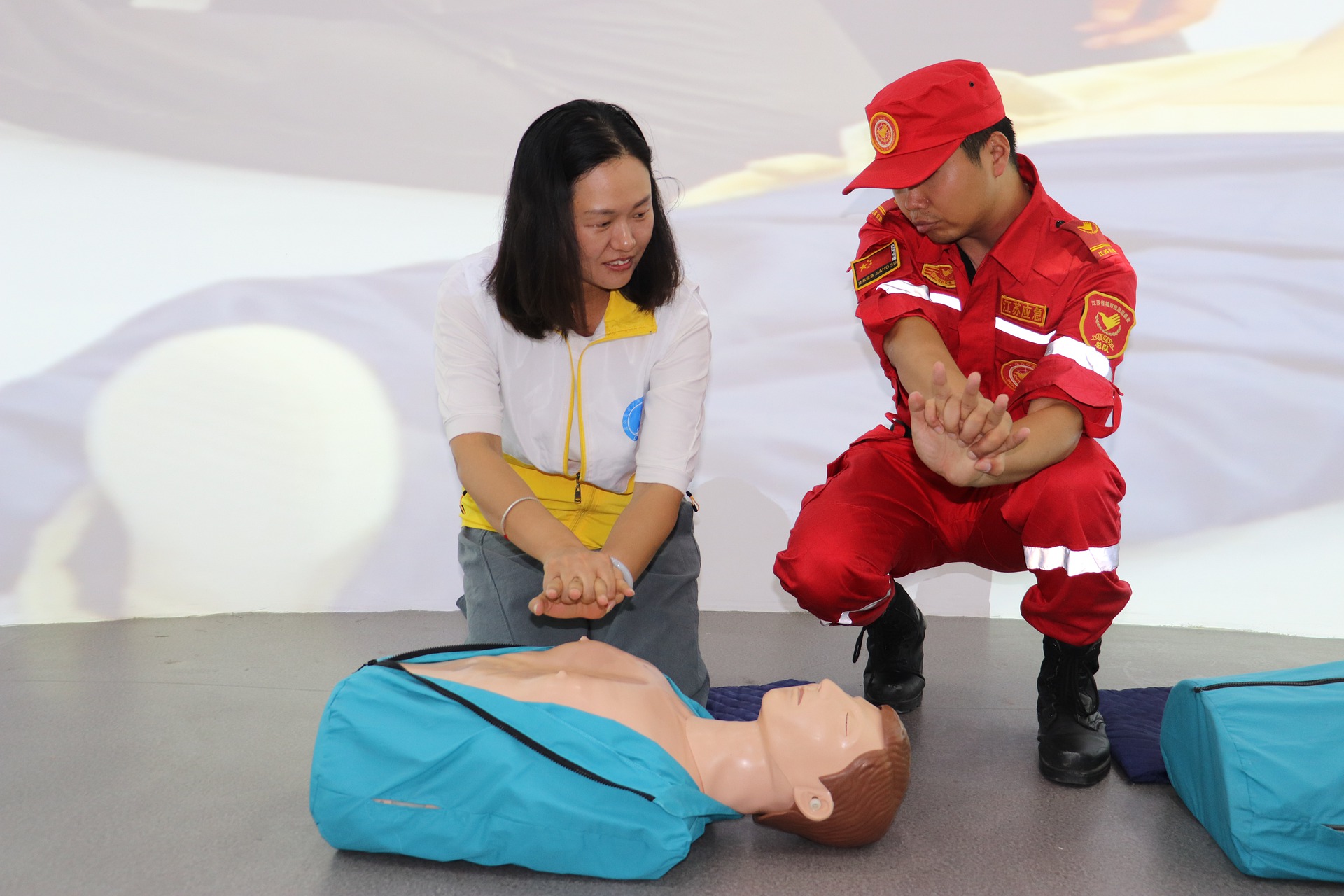How to Perform CPR in Seven Life-Saving Steps
CPR (aka: Cardiopulmonary resuscitation) is one of those skills you don’t realize you need until you NEED it. And with 10,000 cardiac arrests occurring in the workplace each year, statistics suggest you will need it at some point. Whether you learned how to perform CPR in grade school or previously held a certification, a refresher can only help.
In fact, the American Heart Association (AHA) estimated in 2019 that as many as 70% of Americans do not understand how to perform CPR and would feel “helpless” if asked to do so.
That’s where CPR training comes in.
Learning how to properly apply the following CPR protocol could save thousands of lives each year. Approximately 383,000 people go into cardiac arrest outside the hospital every year, with 88% occurring at home and 10,000 happening at work.
When CPR is administered in the first five to seven minutes, cardiac arrest survival rates average 60%. That number plummets to 5-7% when someone has to wait for EMS personnel to respond.
Of all the reasons to offer corporate CPR training, that 55% difference in survival rates is perhaps most compelling. Why not add CPR-worthy scenarios to your internal emergency response plan? After thinking through possible scenarios, all that’s left is a corporate CPR training to ensure employees are prepared.
That said, you do not have to hold a CPR (or BLS) certificate in order to perform the life-saving technique. But you do need some education to ensure you do it correctly.

How to Perform CPR Steps Properly
First and foremost, remain as calm as possible when an emergency strikes. Then, follow these steps recommended by the American Red Cross.
Before Administering CPR
1. Assess the situation
Ensure the scene is safe and check in with the person. Tap them on the shoulder and shout “Are you OK?” to determine if they need help.
2. Call 911
If the person is unresponsive, call (or ask someone else to call) 911. Next, send someone to get an AED. If there is not an AED available or no bystander to retrieve it, stay with the victim, call 911 yourself, and begin assistance as described below.
3. Open the airway
Position the person on their back. Then, tilt their head back slightly to lift the chin.
4. Check for breathing
Listen carefully for sounds of breathing for no more than 10 seconds. If there is no sign of breathing, begin CPR.
Note that occasional gasping sounds do NOT indicate breathing. Additionally, note that you do not need to check for a pulse, only signs of breathing.
Begin Performing CPR Steps
5. Begin chest compressions
Place one palm in the middle of the person’s chest with your other hand stacked on top. Use your body weight to push down on the person’s chest at least 2-inches. Allow their chest to rise and push down again. Continue at a rate of 100 compressions per minute (approximately the same beat as “Staying Alive” by the Bee Gees and Queen’s “Another One Bites the Dust”.
6. Deliver rescue breaths
With the individual’s head tilted back slightly so the chin is lifted, pinch their nose shut and place your mouth on their’s to create a complete seal. Blow into their mouth TWICE, observing their chest rising both times. Continue compressions.
If their chest does not rise with the first rescue breath, reposition their head so the chin is slightly lifted and begin breaths again.
If the chest does not rise after the second rescue breath, the person may be choking on something. Conduct 30 chest compressions then check for an object before reattempting breaths.
*If you do not feel confident in performing this step (or forget it), skip it and continue chest compressions until EMS arrives.
7. Continue compressions and rescue breaths
Deliver 30 chest compressions then two rescue breaths until the person displays signs of life (such as breathing on their own) or EMS arrives. If an AED becomes available, stop CPR and follow the instructions listed on the device.
You should also stop CPR if the environment becomes unsafe and/or you cannot continue performing the steps due to exhaustion.
While you don’t have to be certified to administer this life-saving technique, learning how to perform CPR correctly increases your confidence and competence in an emergency. In turn, the odds of survival skyrocket.
We make CPR training simple by coming on-site to teach up-to-date CPR protocol, including specific OSHA requirements. Our CPR and safety experts can’t wait to increase your employees’ confidence in handling an emergency situation. Give us a call to schedule your corporate training!